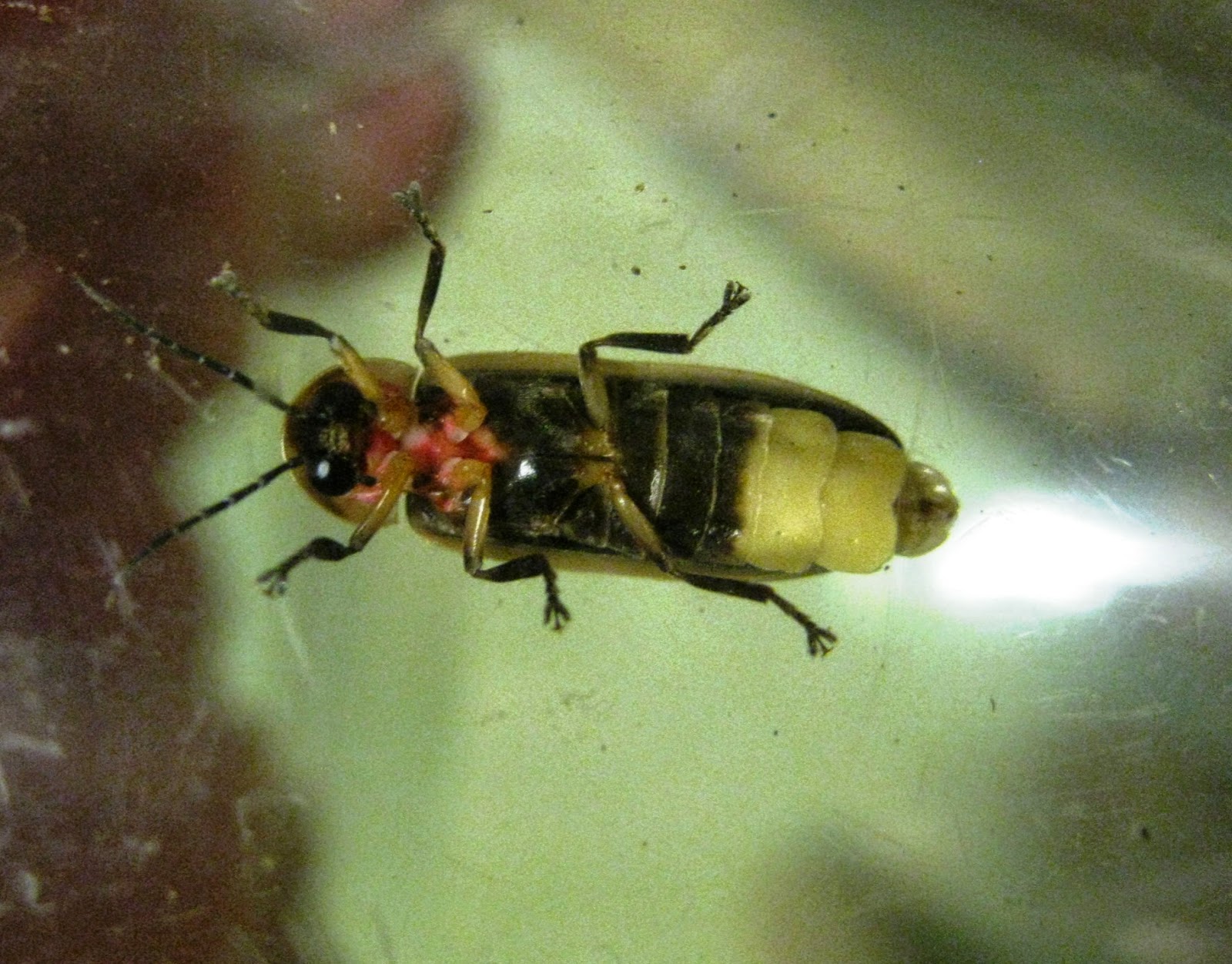
Capital Naturalist by Alonso Abugattas Firefly Folklore
Common Eastern Firefly (Photinus pyralis) · iNaturalist Explore Community People Projects Journal Posts Forum More Taxa Info Guides Places Site Stats Help Video Tutorials Managing Projects Teacher's Guide Log In or Sign Up Loading. About Help Forum Press Jobs Our Blog Community Guidelines Terms of Use Privacy DONATE STORE Twitter Instagram
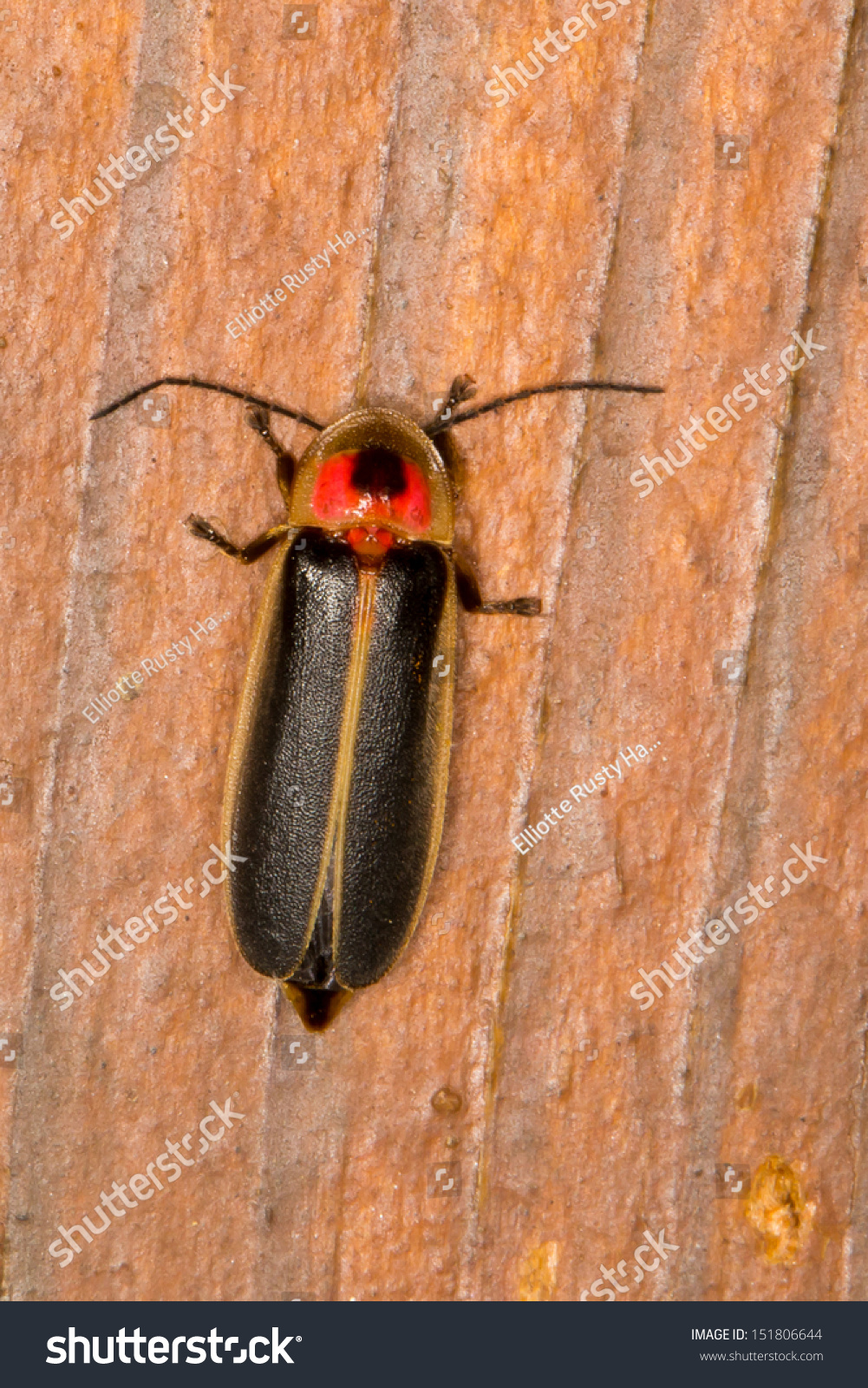
Photinus Pyralis, Big Dipper Firefly Stock Photo 151806644 Shutterstock
The big dipper firefly (Photinus pyralis), common in the southeastern US, is a species of least concern. The enzyme that causes fireflies to glow has many applications in medical research.
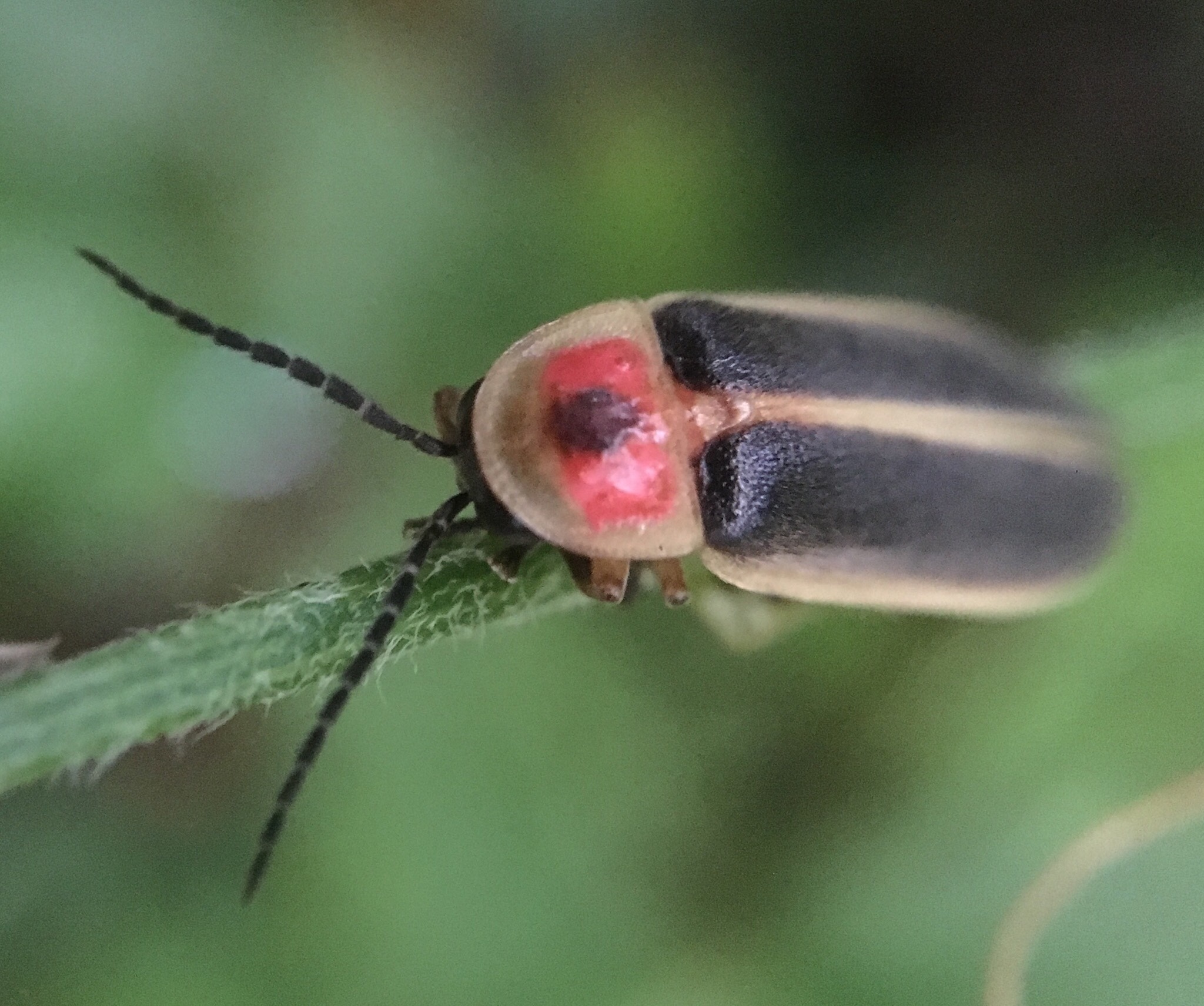
Shedding Light on Firefly Natural History and Distributions through
Phylum: Arthropoda Class: Insecta Order: Coleoptera Family:

Related image National geographic, Firefly, Smoky mountain national park
About Wikipedia Learn to edit Language links are at the top of the page. Photinus pyralis Tools From Wikipedia, the free encyclopedia [2] Photinus pyralis, known by the common names common eastern firefly [3] and big dipper firefly, [4] is the most common species of firefly in North America. [5]
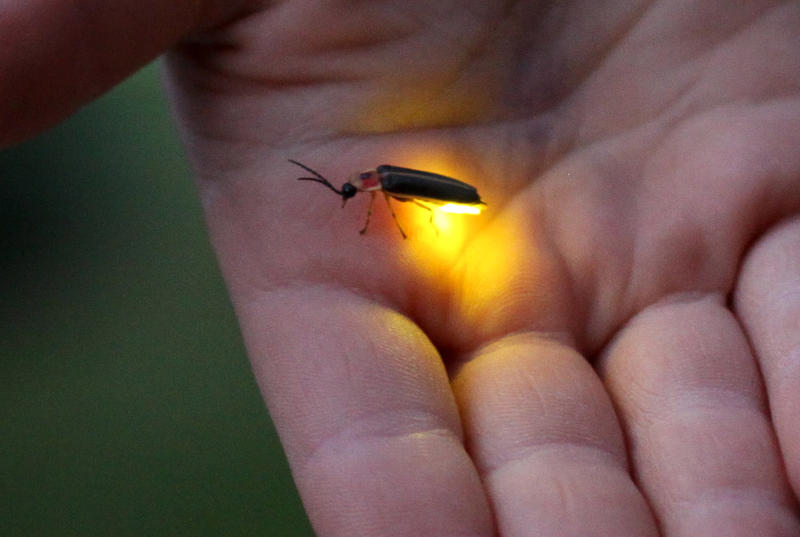
How the Chemistry Behind a Firefly's Glow Could Lead to Innovations in
Photinus pyralis, known by the common names common eastern firefly and big dipper firefly, is the most common species of firefly in North America.P. pyralis is a flying and light-producing beetle with a light organ on the ventral side of its abdomen. This organism is sometimes incorrectly classified as Photuris pyralis, which likely results from mistaking the similar-sounding genus Photuris.
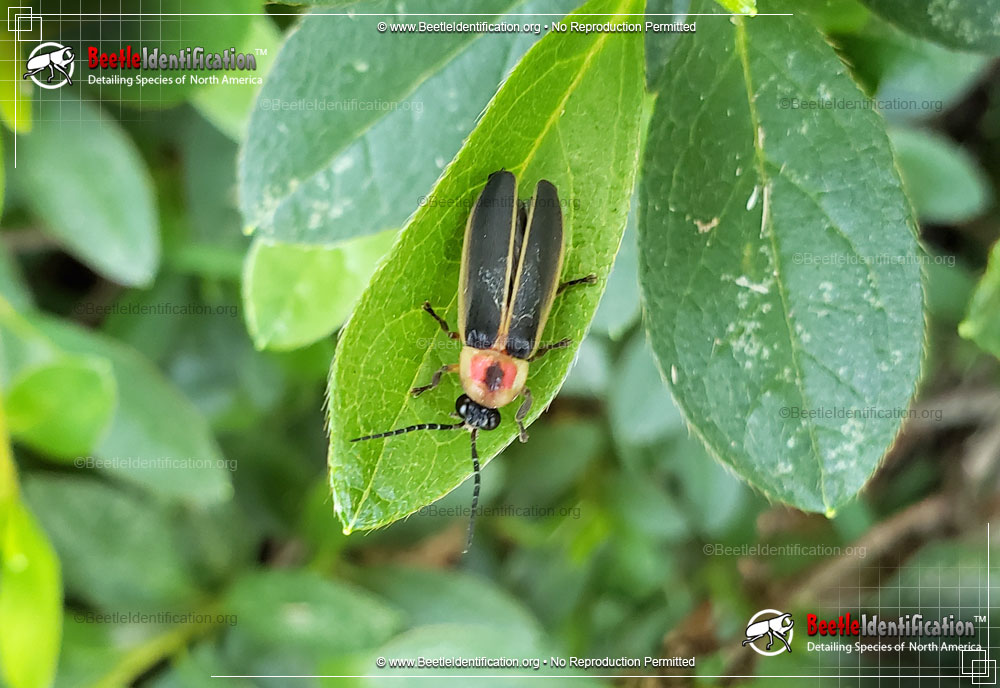
Big Dipper Firefly
Encourage plant diversity to preserve soil moisture Native plants found in your local area will do the best job for providing this habitat. In many ways, firefly species diversity is directly connected to a habitat's plant diversity and health. It's critical to protect this diversity. In your habitat, try to do the following:
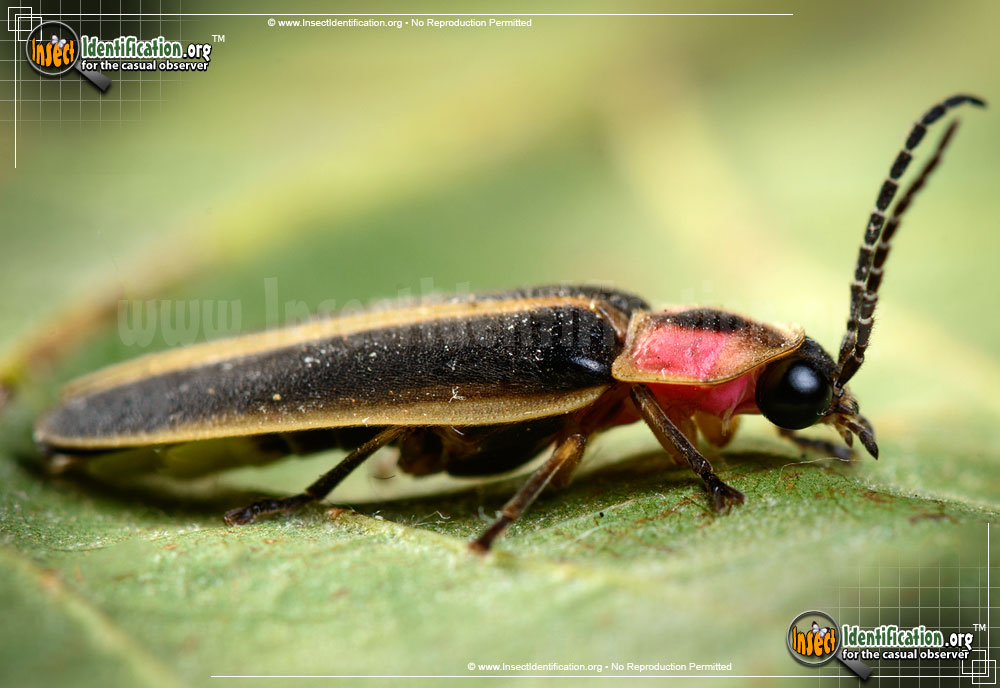
Big Dipper Firefly
The big dipper firefly (scientific name: Photinus pyralis) is the most common species of firefly around Atlanta and in North America. But despite the species' prevalence, more information is needed on where urban fireflies thrive and how landscape management affects local populations. A research project based in Atlanta is using community.

Big Dipper Firefly
9‒19 mm, usually 10‒14 mm ( 1) Identification male: 0.6-0.8 s long, yellow, J-shaped flash every 5‒7 s ( 1) hovers about 2' (0.6 m) above ground, then drops vertically, gives single prolonged flash as is ascending, then flash diminishes ( 2). Flashing at dusk, earlier than most other fireflies. Range e US (ON‒NY‒FL to SD‒TX) ( 1) Habitat

FilePhotinus pyralis Firefly 3.jpg Wikipedia, the free encyclopedia
Family: Lampyridae Status: Not Listed Classification: Invertebrate Description There are a number of different species of fireflies, none of which are actually flies—they're beetles. They get the names "firefly" and "lightning bug" because of the flashes of light they naturally produce.
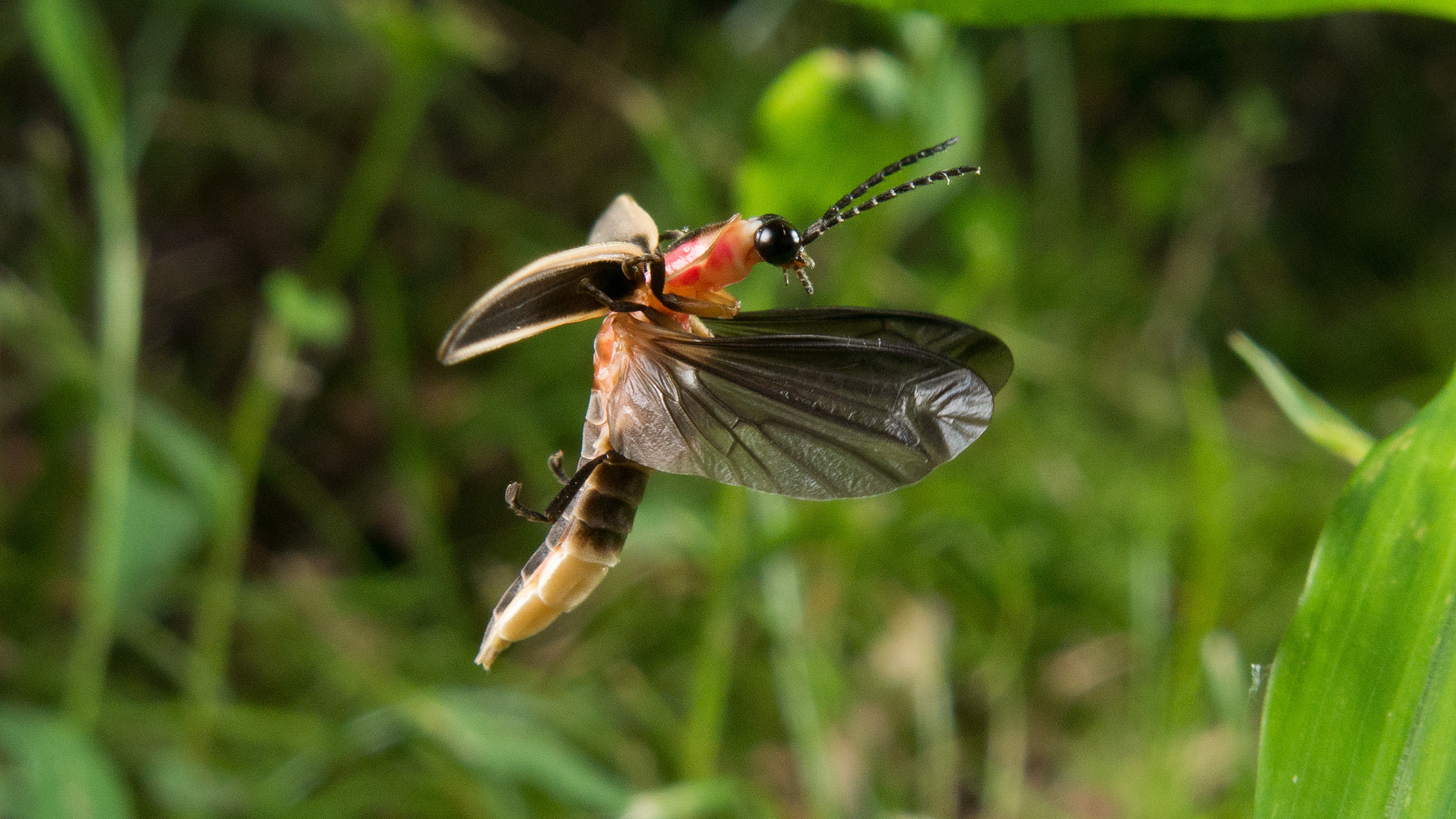
Latest Update to the IUCN Red List Includes First Global Assessments
Big Dipper Firefly × BugFinder Insects by State Spiders Butterflies & Moths Bees, Ants, & Wasps Beetles All Bugs Videos (YouTube) Big Dipper Firefly (Photinus pyralis) Detailing the physical features, habits, territorial reach and other identifying qualities of the Big Dipper Firefly 1/11 Image Credit: Arch Baker 2/11 Image Credit: Arch Baker
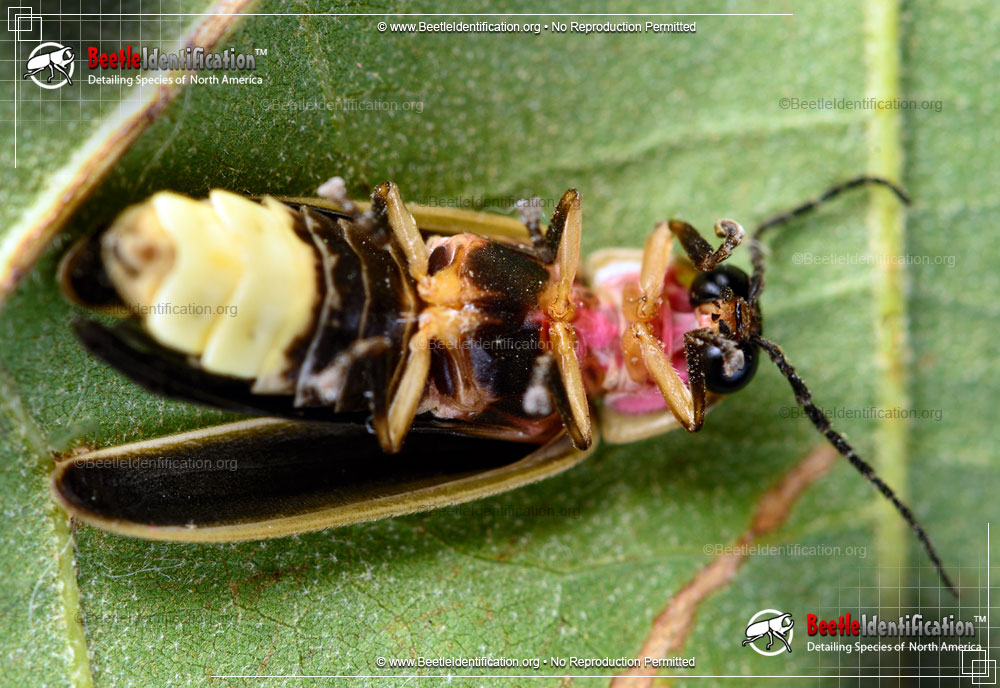
Big Dipper Firefly
When flying, they drop and then rise in a J-shaped pattern that looks like the star pattern called the Big Dipper.. which lasts for up to two years. During the larval stage, a firefly's main activity is eating, mostly at night. Firefly larvae thrive in rotting wood and forest litter, and are found in fields, forests, and marshes. The.

Pollinator Week Fireflies Accent on Natural Landscaping
( Milne and Milne, 1980) Habitat Regions temperate terrestrial Terrestrial Biomes savanna or grassland forest Other Habitat Features suburban agricultural riparian Physical Description

Big Dipper Firefly Species Photinus pyralis(Linnaeus) a photo on
Larracuente, who is also the Stephen Biggar '92 and Elisabeth Asaro '92 Fellow in Data Science, is a specialist in evolutionary genetics and genomics and has been involved in a project studying Photinus pyralis—or, the Big Dipper firefly. "In order to take pictures of the chromosomes," she says, "we need wild fireflies."

The Big Dipper Firefly as photographed by Terry Priest. Scientific
Big dipper ladies prefer flashes of longer duration. In Photinus consimilis, faster flashers are the stud muffins. Once she finds the right male, their flashing conversation can go on for.

The Big Dipper Firefly (Picture by Terry Priest) Firefly photography
Some, like the common Big Dipper firefly, flash in low, long swoops. Others hover close to the ground, glowing faintly and steadily, like the eerie Blue Ghost. But most displays are asynchronous—each bug creates its own beat. Photinus carolinus, the species that Sorenson found, is one of a small handful of synchronous firefly species in the.
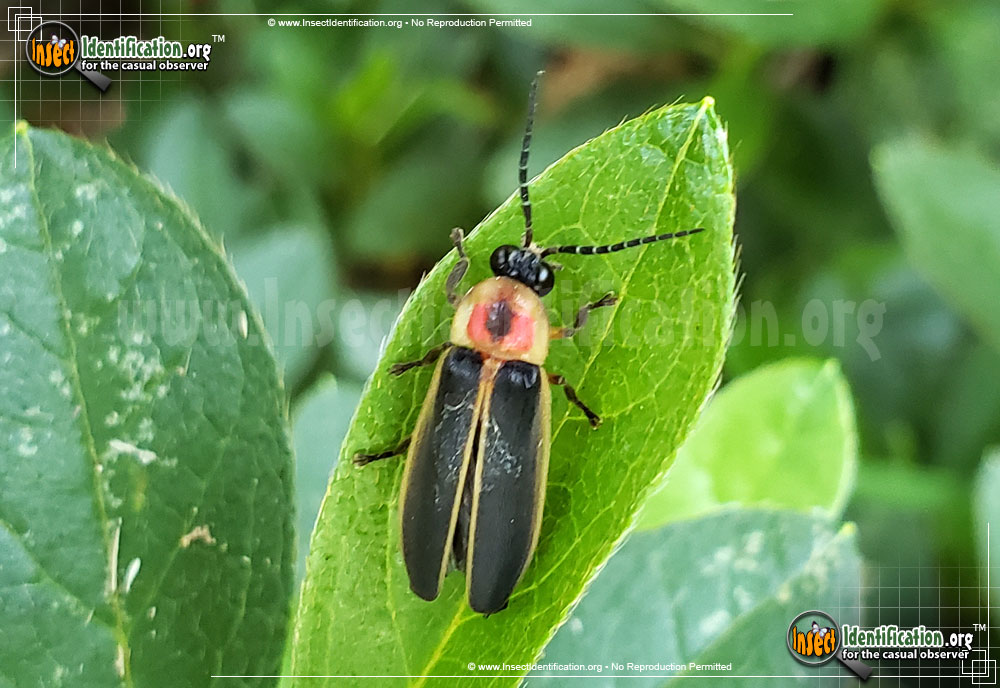
Big Dipper Firefly
Adult big dipper fireflies are small, elongated beetles three-eighths to three-fifths of an inch (9 to 15mm) in length, soft in texture and densely covered by small hairs. They have large eyes, black wing covers (elytra) with yellow margins and large pronota (top surface of thorax) extending over their heads.